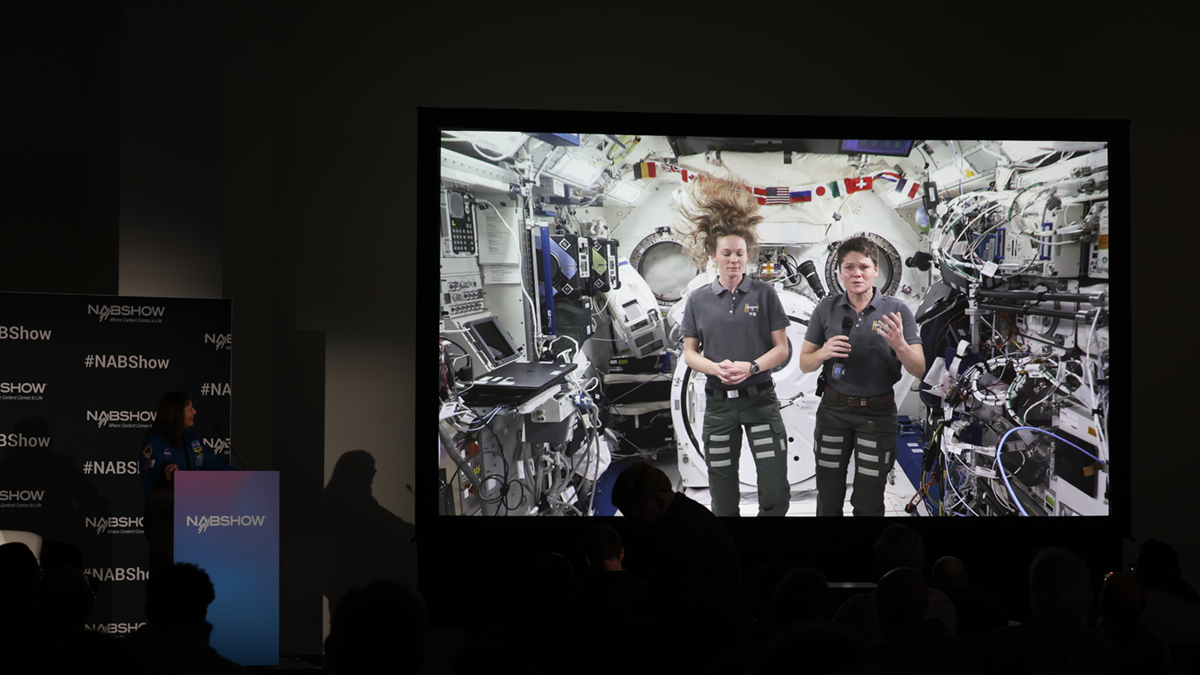LightSquared Ordered to Protect GPS
Imagine that you drive into an unfamiliar city, and are relying on your GPS to safely guide you to your destination. As you enter that city, a strange thing happens. The GPS receiver starts searching for satellites finds them, then loses them again. You keep driving and eventually--on the other side of the city--the GPS regains lock, re-calculates and advises you to "make a legal U-turn". Then in returning to the city again, it loses satellites lock again.
How could this happen?
Interference to GPS receivers from high terrestrial transmitters operating in bands adjacent to the Radionavigation-Satellite-Service (RNSS) band at 1559-1610 MHz could overload small, inexpensive GPS receivers like those found in cell phones and in-car GPS systems.
The FCC has granted a waiver request from LightSquared to build a terrestrial network using frequency bands adjacent to the GPS band Wednesday and the Order and Authorization (DA 11-133) has been posted on the FCC Website. The Order and Authorization addresses the GPS interference issue raised by NTIA and others.
In comments filed with the FCC last year, the U.S. GPS Industry Council described in detail how such interference would occur. In one example, they note that a terrestrial transmitter operating at 30 dBW output power (as allowed by current ancillary terrestrial component rules) could impact GPS receivers.
Consider a consumer-level GPS receiver with a state-of-the-art Surface Acoustic Wave (SAW) filter as the first element after the antenna. At L-band GPS frequencies, the narrowest bandwidth available in a SAW filter is about 20 MHz. The Council notes that the greatest attenuation to be expected at 1555 MHz would be about 5 dB. Under best case conditions, the 1 dB compression point for the low noise amplifier following the SAW filter is -40 dBm referenced to the input. The Council described the potential problem this way: "So in the presence of our hypothetical 30 dBW terrestrial broadband transmitter, the only thing allowing our GPS receiver to function is sufficient distance from the transmitter for path loss to add up to more than 95 dB." This would amount to a distance from transmitter to receiver of some 100 meters.
The GPS Industry Council points out that "For much of the mobile consumer GPS in use, including public safety (e.g. E911 cellphones), the harmful interference effect would be somewhat worse than this case."
However, in their September 2010 filing, they pointed out ways in which interference could be reduced, including the use of lower powered terrestrial transmitters.
The Washington Post, in an article by Cecilia Kang ,FCC poised to give LightSquared's satellite broadband venture a boost, had this comment from Jeff Carlyle, an EVP at LightSquared. "We have common interests here with the GPS community and want to work with them. Devices on our network will have GPS technology, so why wouldn't we want to make sure it works?"
One statement in the Order and Authorization indicates that the FCC may expect GPS users to upgrade their receivers to handle overload from LightSquared's terrestrial network, stating, "Because the GPS interference concerns stem from LightSquared's transmissions in its authorized spectrum rather than transmissions in the GPS band, the Commission expects full participation by the GPS industry in the working group and expects the GPS industry to work expeditiously and in good faith with LightSquared to ameliorate the interference concerns."
That doesn't mean LightSquared is off the hook.
Indeed, the FCC stated LightSquared is required to submit an initial report to both the Commission and the NTIA by Feb. 25, 2011, that includes a work plan outlining key milestones for the overall analyses. In addition, LightSquared must submit progress reports on the 15th day of each succeeding month thereafter. The first of these reports must at a minimum include base station transmitter characteristics, categories of GPS devices and their representative performance characteristics, and test plans and procedures.
LightSquared is further required to submit a final report no later than June 15, 2011, that includes the working group's analyses of the potential for overload interference to GPS devices from LightSquared's terrestrial network of base stations, technical and operational steps to avoid such interference, and specific recommendations going forward to mitigate potential interference to GPS devices.
As the Washington Post article points out, LightSquared's success depends on the terrestrial network. GPS receivers are used at cell sites for critical timing functions. They have a lot of reasons to avoid even a hint of interference to GPS. The FCC Order and Authorization notes that LightSquared had stated that it took concerns raised by the GPS community "very seriously," and that it was appropriate for interested parties to look into a solution "as soon as possible."
Let's hope they get it right.
Get the TV Tech Newsletter
The professional video industry's #1 source for news, trends and product and tech information. Sign up below.

Doug Lung is one of America's foremost authorities on broadcast RF technology. As vice president of Broadcast Technology for NBCUniversal Local, H. Douglas Lung leads NBC and Telemundo-owned stations’ RF and transmission affairs, including microwave, radars, satellite uplinks, and FCC technical filings. Beginning his career in 1976 at KSCI in Los Angeles, Lung has nearly 50 years of experience in broadcast television engineering. Beginning in 1985, he led the engineering department for what was to become the Telemundo network and station group, assisting in the design, construction and installation of the company’s broadcast and cable facilities. Other projects include work on the launch of Hawaii’s first UHF TV station, the rollout and testing of the ATSC mobile-handheld standard, and software development related to the incentive auction TV spectrum repack. A longtime columnist for TV Technology, Doug is also a regular contributor to IEEE Broadcast Technology. He is the recipient of the 2023 NAB Television Engineering Award. He also received a Tech Leadership Award from TV Tech publisher Future plc in 2021 and is a member of the IEEE Broadcast Technology Society and the Society of Broadcast Engineers.
